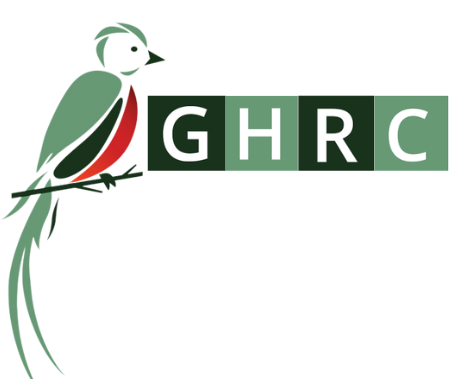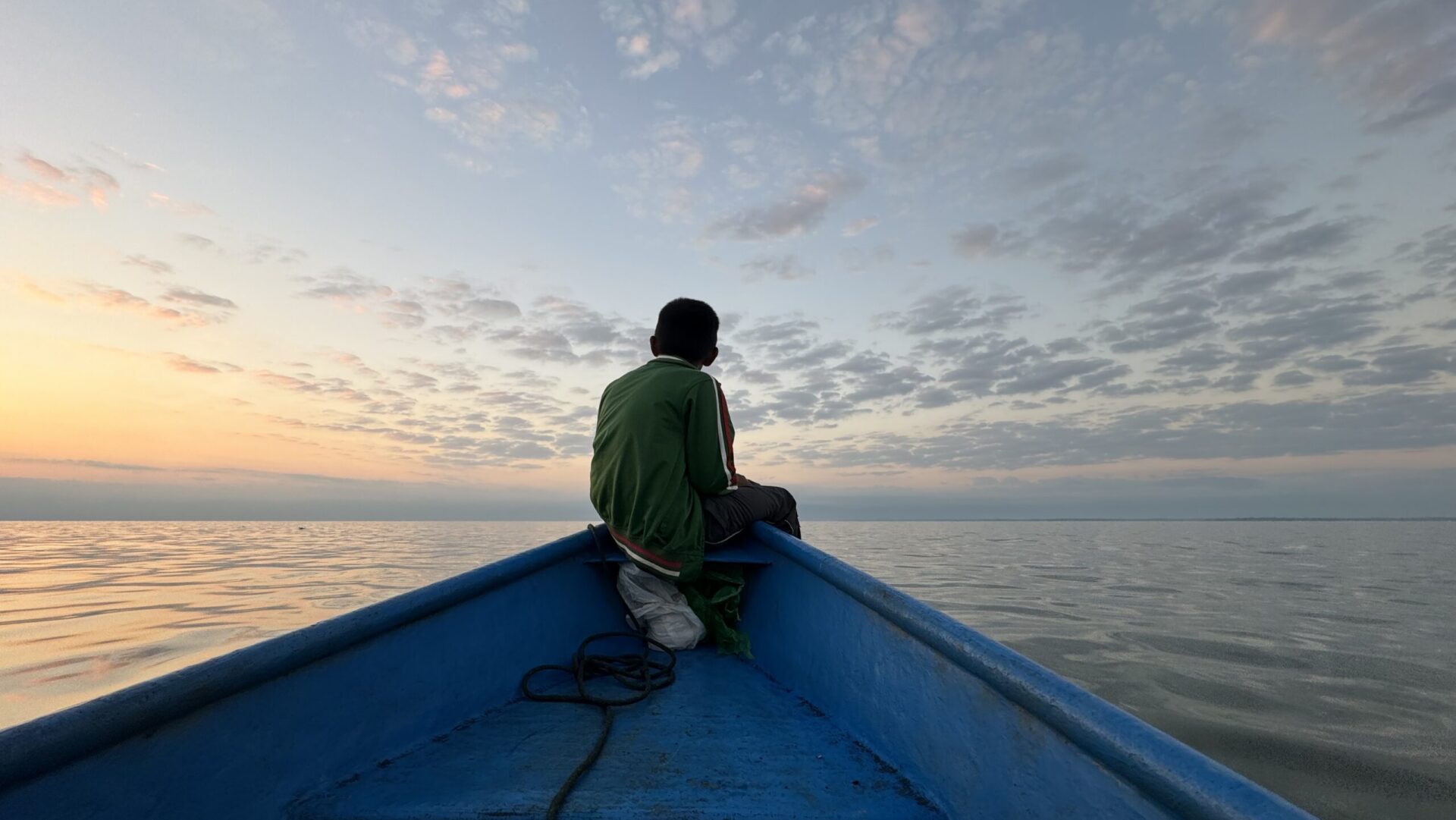On October 31st, international leaders convened in Glasgow, UK for the 26th Conference of Parties to the UN Framework Convention on Climate Change (COP26). For two weeks, global leaders met to “bring parties together to accelerate action towards the goals of the Paris Agreement and the UN Framework Convention on Climate Change.” The sessions will end on Friday, November 12 and produce the global agenda on climate change for the next decade.
The original UN Framework Convention on Climate Change (UNFCCC) has been changed several times since its inception in 1992, with the most recent update resulting from the 2015 Paris Agreement. In order to meet the binding goal of limiting global warming to “well below” 3.6°F, the Paris Agreement established a mechanism by which national commitments to curb emissions would be reviewed every five years. Scientists estimate that in order to limit global warming to less than 1.5°C by the end of the century, net zero emissions must be achieved globally by 2050. Current national commitments are far less than what is necessary for this to be possible, and despite the achievements of the conference so far, this will likely remain the case.
Where Are the Indigenous Defenders?
Prior to and throughout the conference, global human rights organizations and environmental defenders called out the clear absence of defenders from the conference’s discussion. Formal recognition of Indigenous knowledge has increased in recent years, with the Paris accords formally recognizing the importance of local and Indigenous knowledge in resolving the climate crisis, but Indigenous activists say that this recognition has not increased their influence in international negotiations. Eriel Deranger, the executive director of Indigenous Climate Action, noted that “Indigenous people are more visible but we’re not taken any more seriously; we’re romanticized and tokenized.” In fact, members of the Indigenous Future Collective—along with many other groups representing Indigenous peoples–could not gain full access and accreditation to participate in the COP26 process.
In contrast, Global Witness found that 503 people with links to the fossil fuel industry were accredited for COP26. Maya K’iche’ human rights defender and journalist Andrea Ixchíu noted that Indigenous observers were not even allowed inside the rooms where the COP26 process took place. Instead, they were forced to watch the deliberations on a screen outside the room. Ixchíu called on COP26 to include Indigenous leaders “not just as observers, but as decision makers.”
Meanwhile, Indigenous defenders face deadly consequences for their work on the front lines of the fight to save the environment; defenders are not only excluded, but actively attacked. During the first week of COP26, Indigenous activists gathered to memorialize at least 1,005 environmental defenders who have been murdered since the signing of the Paris accords in 2016. Global Witness reported 227 murders of environmental defenders in 2020 alone, making it the deadliest year on record. With 13 recorded murders, Guatemala was the seventh deadliest country for land and environmental defenders in 2020 and the fourth deadliest per capita. The first draft of the Glasgow decision made no reference to the grave situation faced by environmental defenders.
Environmental defenders face threats and attacks on many levels, as seen recently in El Estor, Guatemala, where local resistance to a mining project that threatens Guatemala’s largest lake has been repeatedly met with violence and human rights violations. As resistance to the mine continues and the community faces a state of siege, the Convergence for Human Rights, Inter-American Commission on Human Rights, and GHRC, among others, have denounced excessive use of force and violence by state forces and the targeting of land defenders through raids and illegal detention.
Another example–the criminalization of Bernardo Caal–further conveys the threats faced by land defenders in Guatemala. Caal served as a leader against the OXEC hydroelectric project since 2015, which destroyed 15 hectares of forest and three sacred hills and restricted access to two sacred rivers where Q’eqchi’ people have fished and bathed for generations. Bernardo Caal was sentenced to seven years and four months in prison in 2018 on spurious charges, and remains incarcerated; his recent appeal was denied. Amnesty International declared him to be a prisoner of conscience in 2020.
Dangers of the Same Old Solutions
Human rights organizations and environmental defenders have also emphasized the dangers of solutions that rely on the same mechanisms that created the climate crisis. A statement signed by over 250 international organizations denounced “nature-based solutions” to climate change as a threat to the sovereignty of Indigenous peoples. While often promoted by major corporations as a means of achieving net zero emissions, these strategies, the letter warned, will lead to the privatization of natural spaces, monoculture, and the further dispossession of Indigenous peoples. In her interview with Democracy Now!, Andrea Ixchíu warned of the dangers of continuing colonialism in addressing climate change and the inevitability that the proposed green projects will be “implemented through violence and without consultation.”
In Guatemala, we’ve seen that investment in“green” projects often has the same destructive consequences on Indigenous territory as extractive industries like mining or logging. For example, during Guatemala’s internal conflict, the Guatemalan government received funding from the World Bank and the Inter-American Development Bank to construct a hydroelectric dam on the Chixoy River. Over the course of the project, 444 Maya-Achí inhabitants of the region were massacred. The legacy continues, as evidenced by the case of the community of Laguna Larga where 111 families were evicted to make space for a proposed carbon credit project. Four years later, the community continues to live in deplorable conditions without access to basic human rights like health, water, and housing.
In a report released on October 27, the PRISMA Foundation warned against the reliance on large-scale investment in green development and the danger of excluding Indigenous communities. The World Resources Institute indicated the importance of protecting Indigenous land rights. Indigenous lands hold an estimated 80 percent of the world’s biodiversity, and research found that securing Indigenous and Afro-descendant land tenure in South America reduced deforestation by 30-75 percent, but the group noted that Indigenous communities receive only a small portion of the funding directed to Indigenous land management. The report concluded with a call for a bottom-up approach to climate funding.
Indigenous Communities As “Living Solutions” to the Climate Crisis
In an open letter, international human rights groups called on COP26 and the UK government to address the climate emergency in partnership with environmental human rights defenders. According to Susi Bacon, Director of Peace Brigades International, “The knowledge, perception, and invaluable experience of environmental human rights defenders can no longer be ignored by any State that wishes to fully implement the Paris Agreement and avoid climate breakdown, ecological collapse, and escalating social inequality. Partnering with them is a must.”
Ending the criminalization of defenders and securing the access of Indigenous communities to their ancestral lands is an indispensable step towards fighting the climate crisis and preserving natural resources. According to Andrea Ixchíu, Indigenous communities are “living solutions” to climate change and the only way to address the crisis is to “see what Indigenous communities have been doing for thousands of years.”

